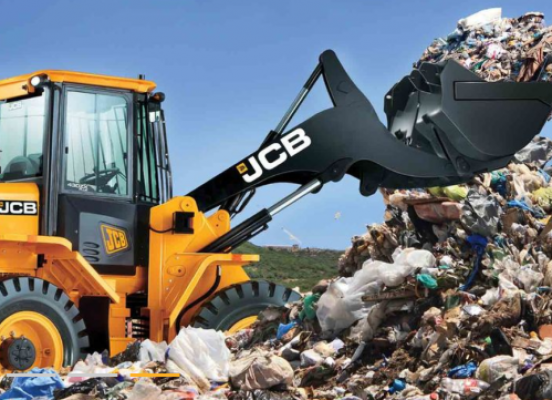Solid Waste Management
Solid waste, is another man-made factor messing with our environmental balance. Solid waste refers to all tangible, non-liquid wastes. Solid waste can create significant health problems, and extremely unpleasant living conditions if not disposed of appropriately. Solid waste refers to the sludge from the wastewater treatment plant, refuse or garbage, and all the other discarded material, resulting from industrial and other community and commercial activities.
I do not want to dip my foot into enlightening you about how harmful solid waste is if not disposed of correctly because that’s an endless river of problems. Not only does solid waste provide breeding sites for insects-vectors, vermin, pests if not disposed of properly; but also increases the likelihood of disease transmission. So, here’s what we need to do, manage!
Waste management:
it is the process in which the waste is collected, processed, and recycled, and converted into useful products or is disposed of in an environmentally friendly manner.
Solid waste can be managed in several steps:
- Prevention: In the management hierarchy, this is the most preferred step. It indicates, using less material to design and manufacture products. Lesser waste generation by using less hazardous materials and manufacturing long-lasting products. Focusing on cleaner and environment-friendly products is the key goal.
- Reuse: Essentially checking, repairing, cleaning, refurbishing whole items, or spare parts is included in this step. By reusing we are not allowing the waste to enter into the disposal system.
- Recycling and composting: Recyclable wastes are those that cannot be reused. Hence, they are recycled by turning these wastes into new substances or products.
- Recovery: As of 2000, Americans have recovered 30.1% of Municipal solid waste. Recovery includes anaerobic digestion, incineration, and energy recovery. Gasification and pyrolysis produce energy ( power, fuel, heat) and other useful products. Recovery ensures the conversion of waste into useful energy sources.
- Disposal: This is usually the final, but a least preferred step. Safe disposal is done to reduce the associated risks of solid waste.
There are four methods of waste disposal as listed below:
- Burial/ landfilling
- Composting
- Burning/ incineration
- Recycling (resource recovery)
The main purpose of the solid waste management hierarchy is to supply solid waste policymakers, managers, planners, and the public, the foremost environmentally friendly methods of managing solid waste.
“Only 9 percent of plastic waste has actually been recycled since the 1950s – let that sink in.”
Human ways of life have placed pressure on the environment and have caused imbalance within the ecosystems by the manufacturing, consuming, and wasting of natural resources. Most countries evidently have major effects on the environment thanks to SW generation with economic development since the natural resources are used, and waste and pollution are produced. Therefore, the priority towards the management of solid waste as an integral part of sustainable development has increased.
Remember, plastic doesn’t biodegrade. Plastic stays forever. Plastic is impacting every facet of this planet, and it’s startling. Not only plastic, but all of the solid waste is also accumulating way above the expected ratios. We need to start managing the disposal and processing of this waste actively. Start today! Start at your own level and pace.

